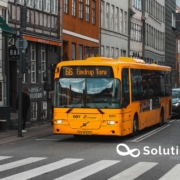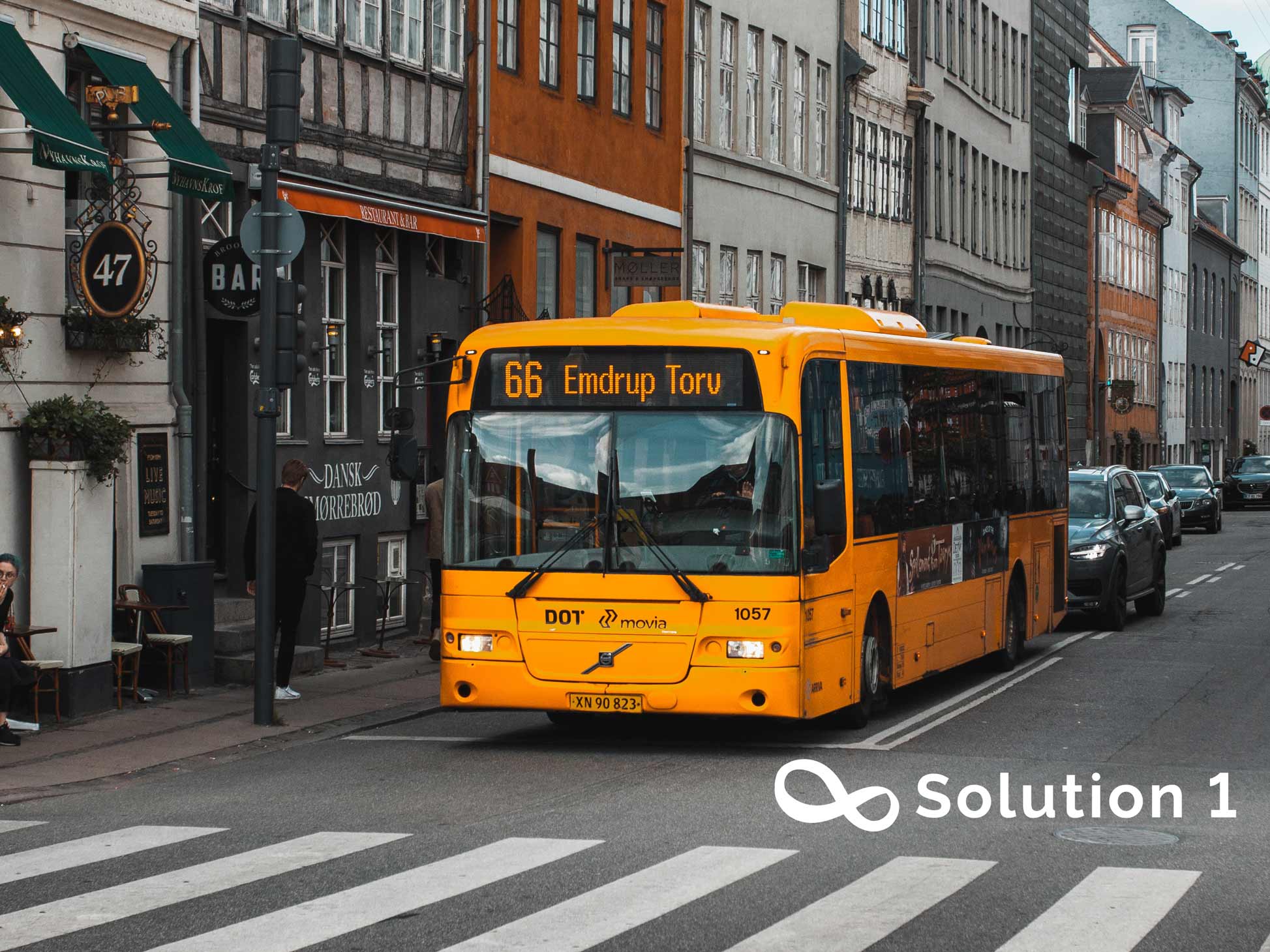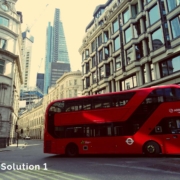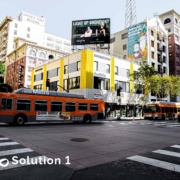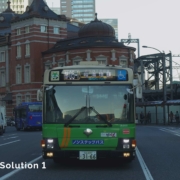There are great changes in automotive manufacturing, more hi-tech and smarter.
- With the help of telematics, collected the data on the electric buses.
In recent years, there are more changes in vehicle manufacturing, where all companies have advanced in the production of vehicles and they are moving towards a smart vehicle environment. Fuel vehicles have been replaced by electric buses that produce much fewer hazards to the environment.
“According to Bloomberg, as cities across the world are finding out, transitioning to electric buses is not just a case of swapping out vehicles. While diesel buses can run more or less independently, buses that rely solely on battery power can struggle with extreme temperatures and may need to be recharged while in service during the day. They demand a different infrastructure to support them and a digitized system that ensures they function efficiently.”
Nowadays, the users of electric buses can control the charge in the battery with the charging platform. IoT technology has been enabled for monitoring all important parameters in electric buses for observing the amount of power that is controlled during the charging process, etc. A smart charging control process has been introduced to electric buses for saving unnecessary wastage of power in the depot.
IoT technology plays an important role in monitoring both full and empty battery levels and it sends an alert message to all connected operators. In addition, in this digital monitoring era, a new monitoring device that replaces the old technology of the global positioning system has been integrated into necessary parts of electric buses. The same work for the global positioning system has been done by an intelligent device called wireless sensors.
- IoT technology was integrated into the electric bus and has a far-reaching impact on public transportation.
Even the sensor technology in electric buses will be more advantageous than global positioning system devices. Therefore, this integration of wireless sensors in necessary parts of electric buses can be able to monitor the parameters like battery efficiency, the distance of traveling, alert on charge and charging stations, etc.
Wireless sensors are used then it becomes easy for all operators in maintaining their vehicles. The introduction of electric buses will create a friendly-passenger environment and all the areas can be converted into smart cities. These electric buses will also be much helpful during heavy traffic conditions because a sensing device is installed in it which will be able to monitor all traffic situations.
There is a device with AI technology that is able to detect the presence of pedestrians and vehicles around the bus and then reduce traffic accidents, providing an early driving accident warning, such as lane departure warning, collision avoidance warning, and speeding. By the way, an advanced emergency braking system is also a necessary part that has the capability to reduce traffic accidents or avoid head-on crashes, rear-end crashes, and pedestrian crashes.
The city of Tampere is one of the lighthouse cities of the EU-funded Stardust project that the city has implemented electric buses for public transportation. Operators collected the following row data by telematics in real-time, such as latitude, longitude, speed, energy consumption, charging time, temperature, battery’s state of charge, battery power, and distance traveled. The electric buses’ wireless network was used as the connectivity layer toward the server that collects the data.

